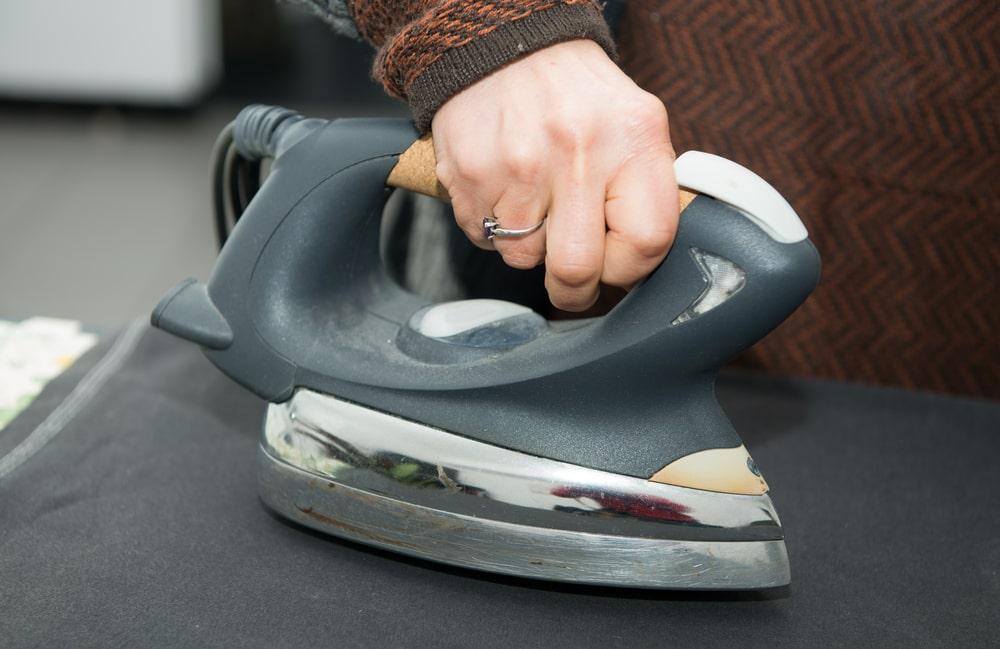According to Mark Twain, “Clothes make the man. Naked people have little or no influence on society.”
Although the famous writer’s quote came to light in the 1900s, it still rings true today since you want to look your best whenever and wherever you go, even if you don’t want to stand out and impress a crowd.

Aside from ensuring your clothes are clean and free of damage, you can look your best by ironing them.
Providers of laundry press services say that when you iron your clothes, you remove wrinkles, giving your shirts, tops, pants and dresses a fresher, tidier and better look. This is an important thing you have to do if you’re dressing to impress a person or a group.
Ironing can also remove bacteria and bugs stuck to your clothes that may not have been removed when they were washed. Additionally, it helps remove any bad smell the garments may have.
Lastly, pressing clothes can help unshrink them, seal the fabrics and protect the linings, prolonging their life and condition.
Clothes Pressing Mistakes to Avoid
Although ironing clothes can make them and you look better, you have to be careful when doing this chore.
You need to follow the right techniques, tips and tricks to avoid damaging your clothes and other household linens when pressing them.
Below are the common ironing mistakes you have to avoid to keep your clothes in great condition:
1. Forgetting to clean your iron regularly.
Burnt fiber, dirt and dust tend to stick to the iron when you use it frequently. These debris appear as a black and sticky layer on your heating tool.
This layer can end up sticking to and staining your clothes, which can be hard to remove when you wash them. To avoid this problem, clean your iron regularly.
Wipe your iron with a clean cloth damp with distilled water or a solution of water with vinegar.
If your tool needs a more thorough cleaning, dip a corner of the damp cloth or paper towel in baking soda and buff the soleplate clean.
Once done, wipe the iron with a slightly clean, damp cloth or paper towel.
If you can’t seem to remove the dirt build-up on the soleplate, find out if you can bring it to a recycling center in Abu Dhabi.
Don’t forget to clean your ironing board cover regularly as well.
When the cover gets too dirty, it can also leave marks and stains on your garments when you use it during ironing.
2. Not shaking and smoothing clothes before ironing them.
If you leave your newly laundered clothes in a basket several days before ironing them, you likely take longer to iron out the wrinkles.
To avoid this problem and have an easier time ironing your clothes, shake and reshape them and smooth out their seams and pleats after taking them out from the washer.
This simple trick can help prevent unnecessary wrinkles you may have difficulties smoothing out.
And this will shorten your ironing time significantly.
3. Ironing thoroughly dried clothes.
Clothes are harder to iron when they have been over-dried in the dryer or under the sun. With the moisture gone, it will take you longer to remove the wrinkles and reshape the garments.
Whenever possible, press clothes while they are still slightly damp after taking them out from the washing machine. Following this tip can make it easier for you to smoothen out dress shirts and other garments made of thin fabric.
If you don’t need to wear these clothes immediately, hang each one on a hanger, so they stay wrinkle-free.
If you line-dry your garments, iron them while they are not yet completely dry.
In case you can’t iron your clothes while they are still damp, spray them with water to soften them up before proceeding with this chore.
4. Ironing clothes made of heavyweight or thick fabrics first.
When pressing light, delicate fabrics, including silk, satin, wool and polyester, you have to be careful since they can burn or singe easily even when the iron is on low heat.
Since irons take longer to cool down than warm up, it is best to start with delicate and light garments.
Doing so can help you avoid burning or singeing holes in your clothes when you iron them.
Once you’re done with these clothes, adjust the heat and move onto your garments made of heavyweight or thick fabrics, including cotton, linen and denim pieces.
Also, for safer ironing, always let the device come up or down to temperature after adjusting the heat.
5. Using hard water when ironing.
If your tap water has high mineral content, or hard water, avoid using it in your iron.
This is because hard water can cause limescale to accumulate in your heating tool, which can affect its efficiency and stain your clothes.
If you have a newer model, read the instructions to check if you can use hard water. If not, fill it only with distilled water.
If you don’t have a filter, buy one to soften and distill your tap water.
Additionally, empty the tank after you’re done ironing, particularly if you’re storing it for a long time. Leaving the water can damage the internal parts and soleplate.
If you don’t have the time to iron your clothes or keep making these mistakes, you can bring your clean garments to a laundry service provider that offers steam-pressing solutions.
With this option, you can be sure you’ll have wrinkle-free clothes without worrying about their colors and texture being compromised.
You also skip the time-consuming chore of ironing your garments.
Images by Depositphotos





